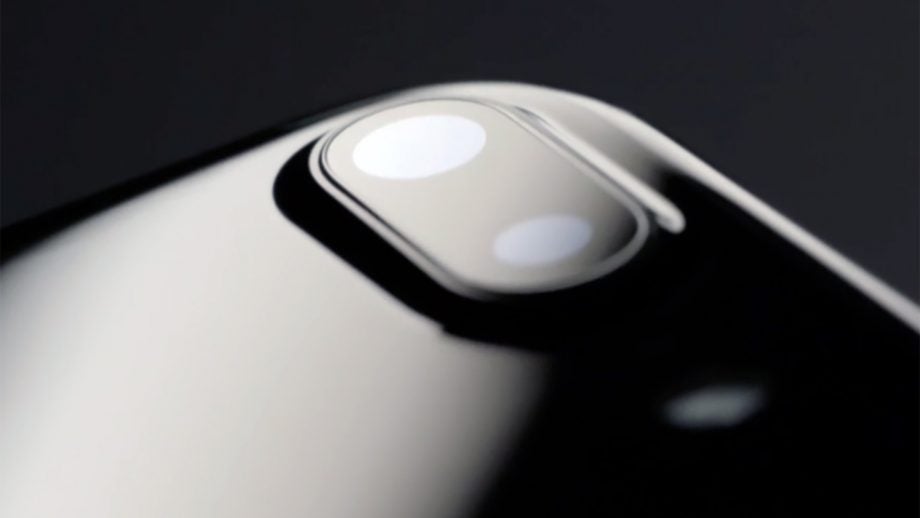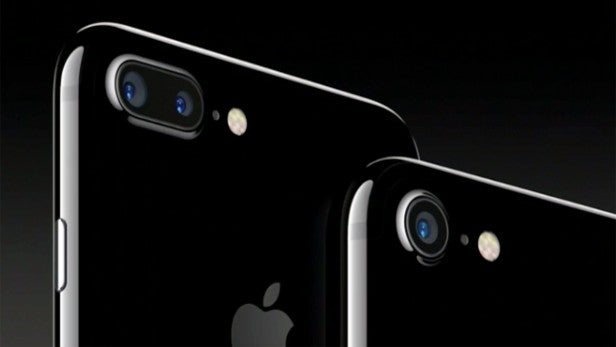Are Intel modems to blame for poor iPhone 7 Plus network reception?

New York-based research firm Cellular Insights, has blamed Intel modems for poor data connections on the iPhone 7 Plus.
Apple used Intel’s modems in iPhone 7 Plus models sold outside of China, Japan and the US, while phones sold in those countries come with modems made by Qualcomm.
Cellular Insights conducted tests using networking equipment which showed iPhone 7 Plus models with both Qualcomm and Intel modems provided similar network performance under ideal conditions.
Related: iPhone 7
But, as network conditions deteriorated, iPhone 7 models with Intel modems performed poorer than their Qualcomm-powered counterparts.
As the research states: “In all tests, the iPhone 7 Plus with the Qualcomm modem had a significant performance edge over the iPhone 7 Plus with the Intel modem.”
This is the first time in five years that Apple has used a supplier other than Qualcomm for its handsets’ modems, with Intel gaining a big client for its cellular modem business at a crucial time.

The report continues: “We are not sure what was the main reason behind Apple’s decision to source two different modem suppliers for the newest iPhone.
“Considering that the iPhone with the Qualcomm modem is being sold in China, Japan and in the US only, we cannot imagine that modem performance was a deciding factor.”
In the tests, the Intel-based iPhone 7 Plus models yielded results that were at least 30% worse than the Qualcomm models, and in some cases there was a gap as large as 75%.
The upshot is that
For those interested in the technical details, here’s Cellular Insight’s wording: “At -96dBm the Intel variant needed to have Transport Block Size adjusted as BLER well exceeded the 2% threshold. At -105dBm the gap widened to 20%, and at -108dBm to a whopping 75%.
“As a result of such a huge performance delta between the Intel and Qualcomm powered devices, we purchased another A1784 (AT&T) iPhone 7 Plus, in order to eliminate any possibility of a faulty device. The end result was virtually identical.”
If nothing else, the research is a reminder that, as the report puts it “OEM’s implementation of baseband, RF front-end and the antenna design could play its role” in poor network reception, and network providers aren’t always to blame.
WATCH: iPhone 7 review
Let us know your thoughts on the research in the comments.

